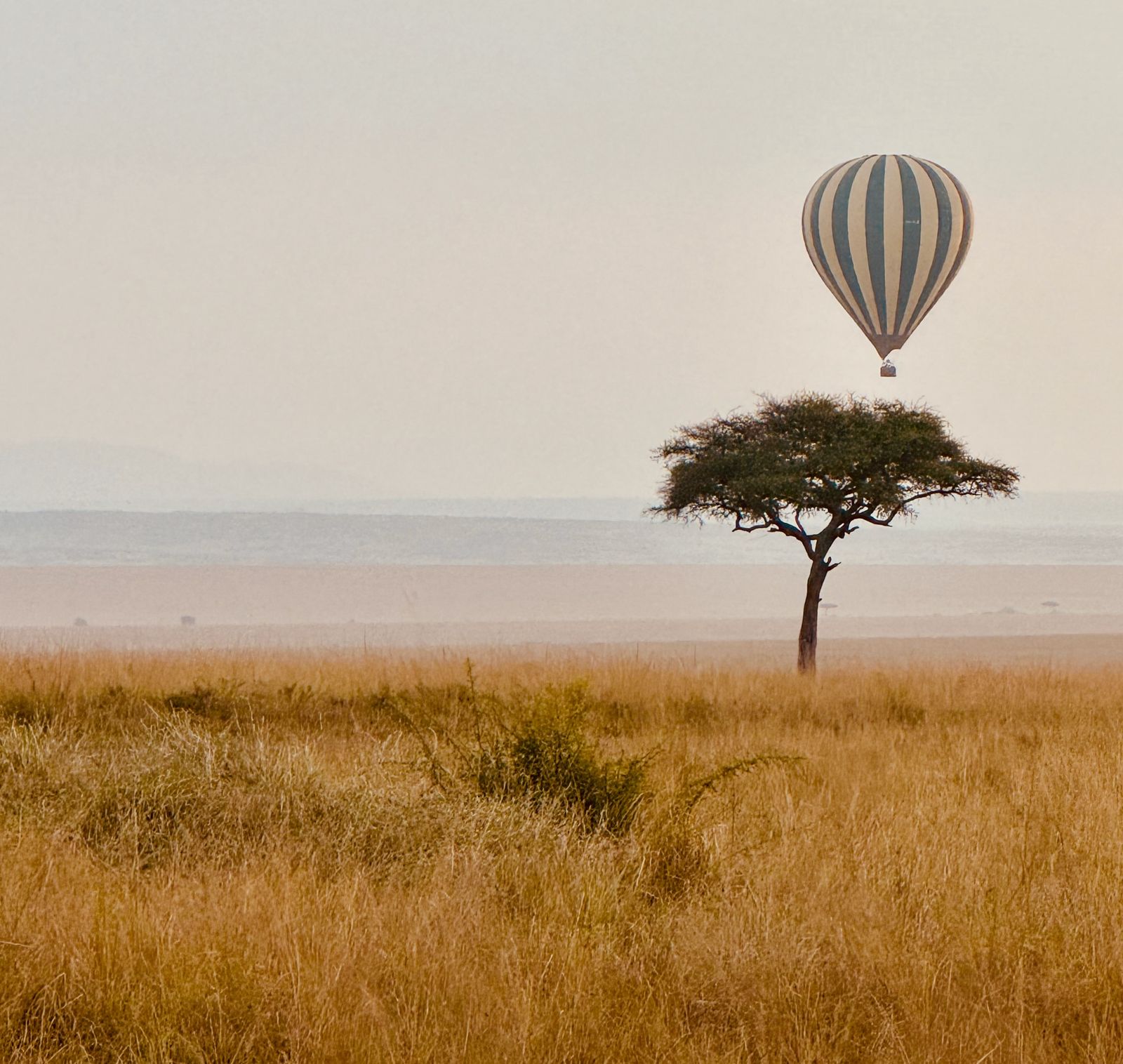
“We want peace, prosperity and justice and we can have it when all the people of God, the rainbow people of God, work together.”
Desmond Tutu
The conch shell in the novel, Lord of the Flies represented, authority and order in a menacing and unstable environment. Mahatma Gandhi’s spinning wheel, the Charkha, became a symbol of self-sufficiency and freedom when resisting British rule. Inspired leaders weave metaphors and symbols into their stories to paint a picture of change and a better future. The right symbolic image or metaphor can evoke a powerful, memorable sensory experience in your team members, igniting motivation and commitment.
In the beginning the most common pandemic metaphors were linked to a crisis military situation as we put on our protective gear, bunkered down, hailed our frontline heroes and went to war against a common enemy. Ironically the widely distributed image of the deadly, insidious virus looks like both a Christmas bauble and a bomb or alien invader. It has become a symbol of fear and destruction and one day it will perhaps be also be a symbol of reflection, connection and courage. And leadership.
Symbols and Hope
Rainbows are a symbol of hope in many cultures and they have taken on a poignant meaning during COVID -19, as children all over the world, display colourful drawings of hopeful arcs in isolated windows. In the virtual workplace, leaders are also directing their follower’s attention to the promise of better days ahead.
I am blessed to live in a rainbow rich land. Rainbows require two things: sunlight, and moist air. The best place to consistently find both of those things is on land with a mountain or ridge. My home is on a ridge, an ancient volcanic crater half a million years old with the perfect geography of clear skies, cloud patterns, wind and latitudinal coordinates to produce frequent heavenly splendour.
The local Indigenous clan Gunangara Gundidj were the original inhabitants of this land. What did the most ancient culture on earth make of rainbows? The rainbow serpent is important in Aboriginal mythology as a protector, giver of life and watchman over nature and humanity. Yet, it also has a dark side, showing its destructive nature if the people fail to give it the proper respect.

Scientists believe that the first paintings of the Rainbow Serpent appeared between 6000 to 8000 years ago after the last Ice Age when the seas rose. One theory suggests that the serpent was based upon the novel appearance of the Ribboned Pipefish on flooded land.
Just like COVID-19 it would have been a stressful time for the early Aboriginals. Plants, animals and landscapes would have diminished. Different tribes would have been forced to share their food and land causing disruption to their normal way of life. It is because of this trauma enforced on their lives that scientists believe that the Rainbow Serpent became a symbol of unity and collaboration as the tribes had to work together to survive but it also it became a sign of creation, change and destruction that came from the violent transformation of the land. The Rainbow Serpent is believed to be one of the oldest continuing spiritual beliefs in the world and its myth continues to inspire and teach new generations.
A COVID-19 Symbol Story
One stressful day in March 2020 I packed up my 96-year-old Mother’s city apartment to relocate until it was safe to return. My car left her garage with a scrape down the side as exhaustion and distraction impeded my manoeuvring skills. My head throbbed as we crawled on the outbound freeway with thousands of other escapees on this dull, rainy, fraught day. I felt a great sense of responsibility for my mother’s health and safety.
We arrived at our sanctuary on the ridge and there in front of us was a celestial message – a splendid rainbow. I bundled Mum out of the car and helped her scramble over the rocks to sit on the edge of the ridge, to take in this special, momentary welcome. And this is why I love rainbows. When they appear, they both surprise me and dazzle my senses. They take my breath away. My body fills with joy and a sense of awe, heightened by the knowledge that the rainbow will disappear any second, until another one unexpectedly returns. The rainbow is impossible to possess, and its magnificence and healing power is on display for everyone. We are all reminded that every day is not a happy day and yet even in the darkest of times, hope for better times is always well placed.

I only expected us to be in Rainbow Land for a month but six months later I have witnessed multiple rainbows at the Ridge. They have become my symbol of light and a promise from the Universe that everything will be okay. When inviting coaching clients and forums to share how hope manifests for them at different times in COVID-19, I have told the story and shared photos of our arrival. One client was inspired by my rainbow story. After reflecting on what he was noticing, he now walks every day to a park and throws a stone into the lake. He watches the ripples get bigger and come towards him. They represent positive change that begins with one small action. He talks about the ripple effect in his company and invites one small act from everyone every day to move towards their vision. I imagine this company when they are finally able to gather in person at their annual retreat, throwing stones in a lake together for years to come. The stone has become their active symbol of hope.

Become a COVID Storyteller
- Capture your reflections – what meaningful stories do you have to tell about COVID-19?
- What symbols have caught your attention and what might they mean?
- Share stories and reflections that use metaphors that captivate and inspire people
- Invite others to share their stories and symbols
- Integrate and display symbols and stories into your workplace culture so they live on and continue to clarify and inspire
Business leaders that harness the power of symbolic images impact staff, customers and stakeholders in a unified, lasting positive way. They understand they are touching something deeper that connects people beyond words with shared purpose and passion. As Pablo Neruda, the Nobel prize winning poet asked, “Where does the rainbow end, in your soul or on the horizon?”
.


